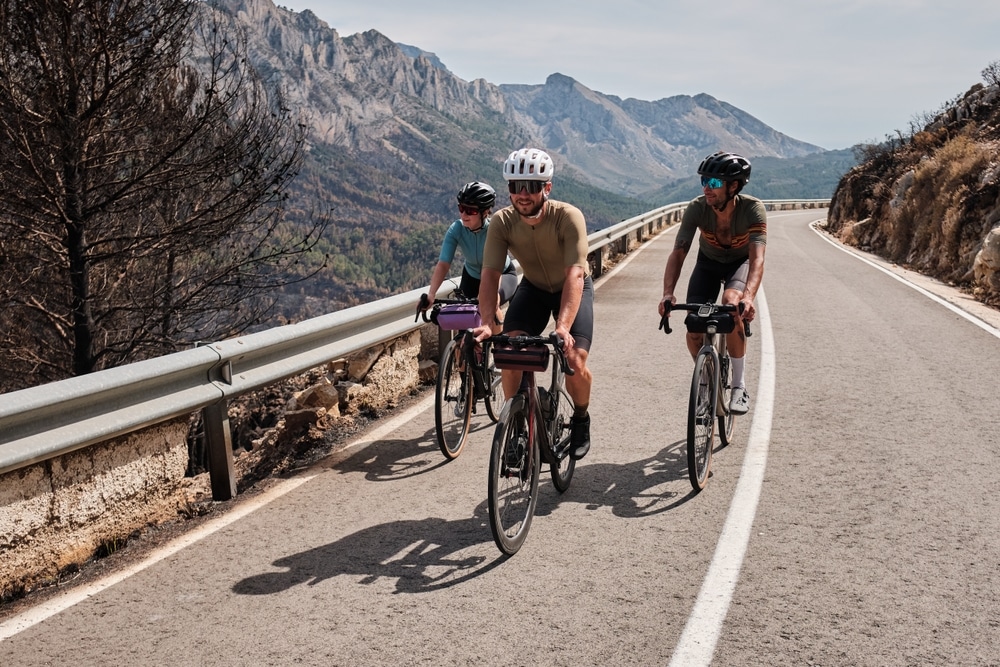In the age of climate adaptation, sedentary health crises, and urban congestion, transportation decisions are increasingly framed by efficiency. And yet, perhaps the most efficient mode of human-powered movement—a machine that turns the body into a near-frictionless locomotive—remains wildly underused.
That machine is the bicycle.
Scientific evidence accumulated over decades shows that cycling is not just faster than walking—it is several times more energy-efficient. A cyclist burns less than half the calories per kilometer than a pedestrian, while also placing dramatically lower strain on joints and soft tissues. And still, for billions around the world, the bicycle remains a leisure device rather than a practical tool.
“It’s a marvel of biomechanics and physics,” writes Anthony Blazevich, professor of biomechanics at Edith Cowan University. His work, along with multiple physiological studies, confirms that cycling is at least four times more energy-efficient than walking—a conclusion supported by comparative caloric expenditure metrics and mechanical efficiency scores.
So why hasn’t the world caught on?
The Physics of Unequal Movement
The efficiency gap between walking and cycling begins with basic mechanics. Walking requires the body to repeatedly lift and swing the legs, absorb ground impact, and fight gravity in vertical motion—all energy-expensive processes. In his analysis republished in The Independent, Blazevich explains, “Our legs must swing through large arcs… this swinging motion alone consumes a lot of energy.”
Cycling eliminates these inefficiencies. The body remains largely stationary, and energy is transferred into motion through circular pedaling and rolling contact between tire and ground. Unlike walking, where each footfall involves braking followed by re-acceleration, a bicycle maintains momentum with minimal energy loss.

According to a 1973 article in Scientific American, later updated in 2025 for the magazine’s 180th anniversary, a human on a bicycle expends just 0.15 kilocalories per kilogram per kilometer, while walking costs between 0.3 to 0.5 kcal/kg/km. This places the cyclist at the top of the energy-efficiency chart—outranking birds, fish, and other high-performance movers in the animal kingdom.
The analysis shows that wheels—arguably the simplest of all machines—enable humans to coast similarly to gliding fish or birds, minimizing the energy typically lost to repeated muscular action or gravity. The rigid bicycle frame also supports the rider’s weight, removing the need to expend muscular energy on balance or lift.
Muscle Mechanics and Metabolic Performance
Efficiency isn’t just about motion—it’s also about how muscles work. Human muscle tissue is most efficient when operating under steady, low-speed contractions. As contraction speed increases, energy consumption rises disproportionately, a phenomenon known as the force-velocity relationship.
In walking or running, muscle contractions are fast and irregular. In cycling, they’re consistent and adjustable. Gearing systems enable riders to maintain optimal muscle speeds even on varied terrain. As Blazevich writes, gears help keep muscles in their “sweet spot” for energy and force output.
A study published in Frontiers in Physiology affirms this: gear selection and cadence directly influence muscular fatigue, oxygen consumption, and power output. Cyclists who adjust properly can delay fatigue and sustain higher energy output more efficiently than runners.
Meanwhile, running and walking generate impact forces that fatigue muscles and joints faster. Even downhill, where one might expect walking to be easier, the opposite is true: steep descents introduce high-impact shocks and braking forces that increase joint stress and energy waste. By contrast, cycling downhill often requires zero effort.
Physiological comparisons between cycling and running in triathletes further confirm the bicycle’s advantage in recovery, joint preservation, and fatigue resistance. A meta-review published in Sports Medicine notes that although runners may demonstrate higher VO₂ max on treadmills, cyclists benefit from greater metabolic economy and reduced neuromuscular fatigue during prolonged effort.
Why the Most Efficient Transport Is Ignored
Despite all this, cycling remains underused for short commutes and local travel. A 5-kilometer trip takes about 15 minutes by bike—without breaking a sweat. Walking takes more than an hour and demands more than double the energy.
Globally, more than one billion bicycles are in circulation. Yet infrastructure, safety concerns, and cultural perceptions keep their usage low in many regions. In cities dominated by car-centric planning, cycling infrastructure is patchy or nonexistent. Where bike lanes do exist, they are often disconnected or poorly maintained.
Another barrier is perception. While many intuitively grasp that cycling is faster, few realize just how dramatically more efficient it is. Even fewer are aware that this efficiency has been objectively measured to surpass almost every other form of biological or mechanical locomotion in energy terms.
The disparity reveals a systemic underestimation of cycling’s utility. It’s seen as either recreational or optional, when in reality, it represents a public health and climate resilience solution rolled into one.

